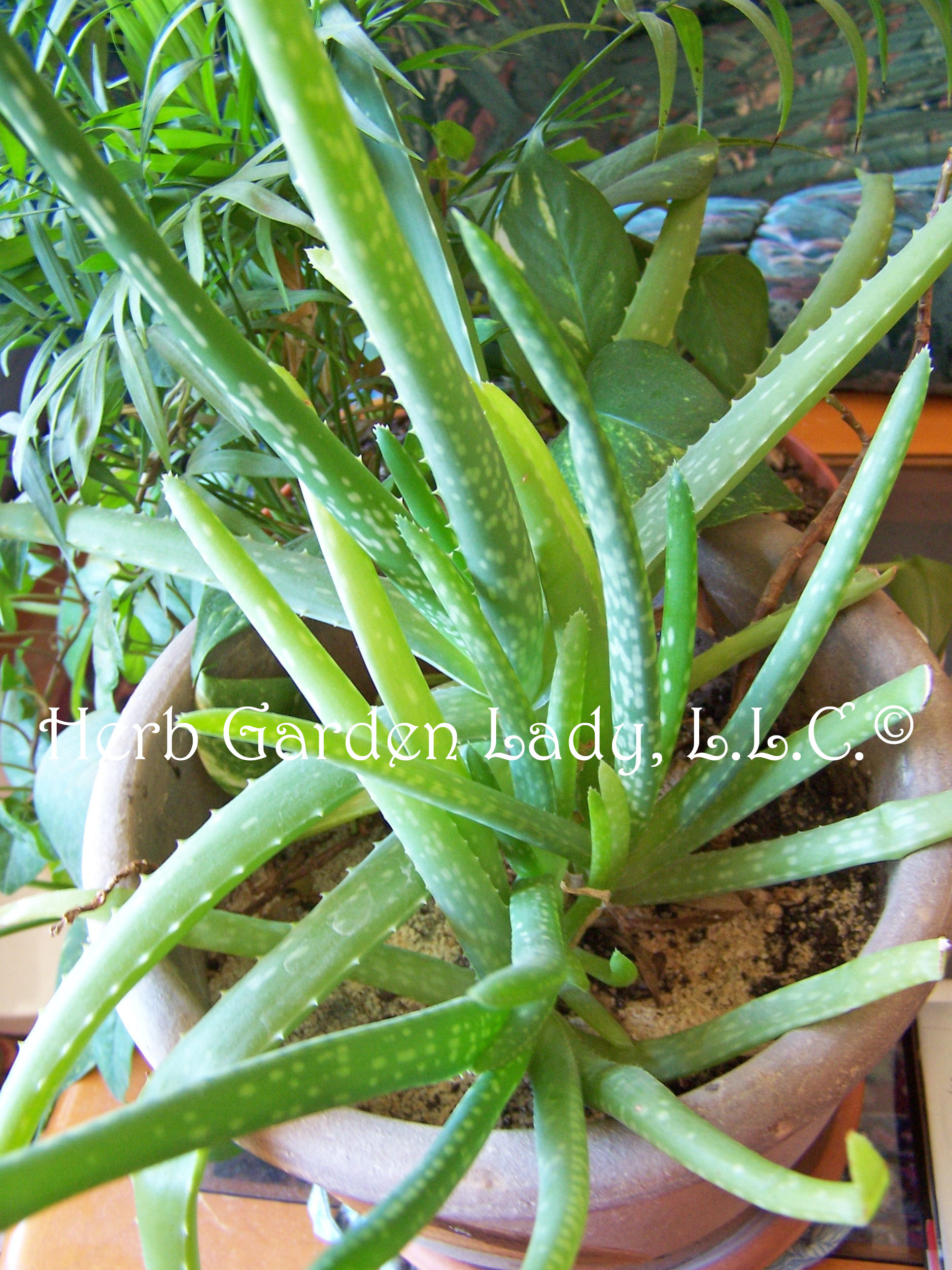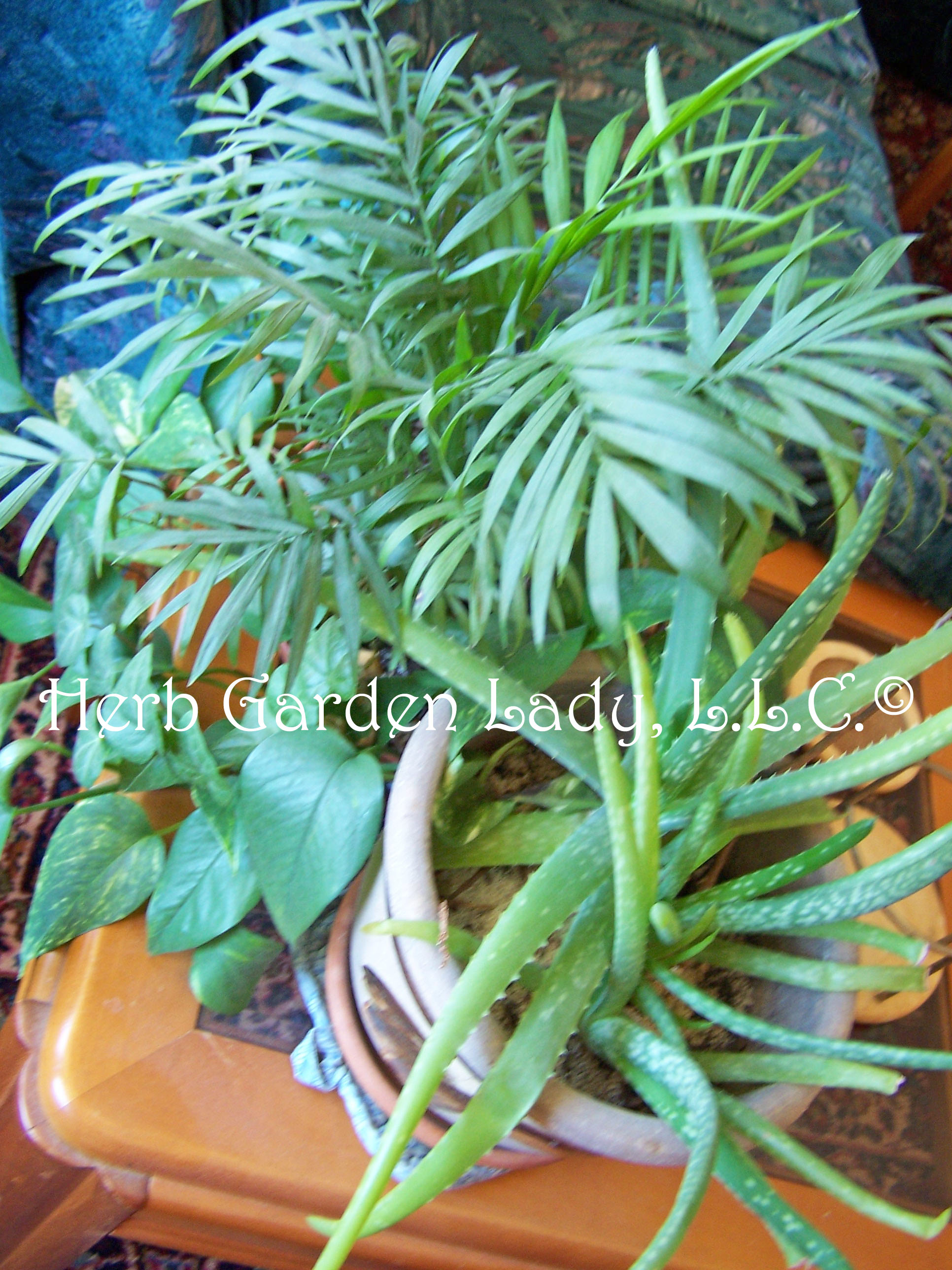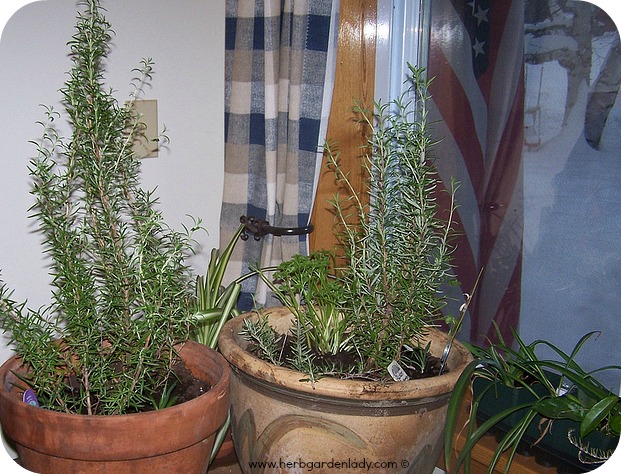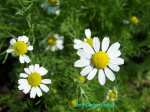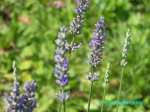Window Herb Garden
A Year Round Growing Season
Where? Location is Key...
Location, location, location…
Sounds like a good real estate suggestion for your window herb garden, but a good idea if you want your indoor windowsill herb garden to prosper. Your herbs won’t be as bountiful and robust as they would be planted outside, but at least you won’t have deer or other garden pests after your flavorful herbs.
Southern exposure, southeast or a southwest facing window is the best. Or even better is a sun room if your home has one. If this isn’t an option then a west-facing or east-facing window will have to suffice. With these latter options the plants won’t grow as much and will have to be turned more, but that’s the option I have for my indoor herb garden.
When the sun starts shining south then a little help from technology can help. Lighting for indoor plants like Gro Lux or grow lights that automatically turn on with a timer are a big saver for your window herb garden.
Or you can move your plants from east to west and follow the sun. This option is more time consuming and depending on the size of your container, maybe to inconvenient on a daily basis for your window herb garden.
Herb Planters and Pots
Pots, Pots, Pots…
Pots or containers with good drainage are a must for a windowsill herb garden. Add some moisture retaining granules to help with water absorption and prevent the soil drying out.
Small, medium or large depends on what type of herb you’re growing and if you plan to just over winter them indoors temporarily.
Small herb garden planters or herb pots for tiny herbs like the thyme (Thymus spp.) or oregano (Origanum vulgare ssp.) family. Lemon thyme, French thyme or wild thyme (the most medicinal), or golden oregano, variegated oregano or Greek oregano grows great tasting herbs for a windowsill herb garden.
Mix in some Italian flat-leaf or curly parsley (Petroselinum crispum) with a bushy basil (Ocimum spp.) variety and your gourmet herb garden is ready to add to your culinary delight.
Medium herb garden planters or containers can house all of the above plus some great tasting Rosemary (Rosmarinus officinalis) grown together creating the microclimate advised for healthier and moist environment. Others windowsill herbs recommended are…
• Basil (Ocimum basilicum) - in a single herb pot or with other herbs
• Chive (Allium schoenoprasum) – if the roots are too long just trim them and it starts new growth or do the opposite and trim the tops thus generating stronger roots
• Sage (Salvia officinalis), Purple sage (Salvia spp.) is the most medicinal and don’t forget…
• Savory (Satureja spp.)
• Scented geranium (Pelargonium spp.)
Large herb garden planters or containers have a great ability to hold a lot more roots for plants like…
• Bay (Laurus nobilis)
• Lemon verbena (Aloysia triphylla)
• Apple mint (Mentha suaveolens) or other mints
• Nasturtiums (Tropaeolum majus)
• Rosemary (Rosmarinus officinalis)
The majority of herbs are robust; they will not last forever and should be replaced every few months during the year. Or, if you’re like me I bring them in for the winter and start my window herb garden. I keep them healthy from the cold winters here in the north and then replant them in the garden when mid or late spring arrives. Of course, I get them used to the cool weather outdoors again by hardening them off, before replanting outside permanently for the next growing season.
Insect Control
Garden Pests and Disease…
What do they like…well, they like poor ventilation, unclean areas to hide, high moisture with soggy soil, and dead vegetation to eat.
So, keep these in check and you should have a happy area for your herbs in your window herb garden to flourish.
Step 1: Check the plants and the pots before bringing them indoors. Look under the leaves especially because that’s where they love to hide.
Step 2: Water lightly and let the top of the soil dry out now and then. Do not keep the soil wet all the time; otherwise dampening off (a green, slimy fungus) will grow on your soil.
Step 3: Create a good flow of air by using a fan or opening a window on nice, sunny days. (That's not a good idea if your up here in the north, where a warm day is 30 degrees, after a few days of –1 degree temperatures.)
Step 4: Inspect your plants regularly. Actively look for white flies, aphids, (nasty pests), spider mites, and other harmful insects under the leaves and tips of the plants.
This is a lot to consider when growing a window herb garden, but not difficult. Start one today. And enjoy, a low cost, therapeutic way of growing your own herbs indoors.
Learn more about...Herb Planters
